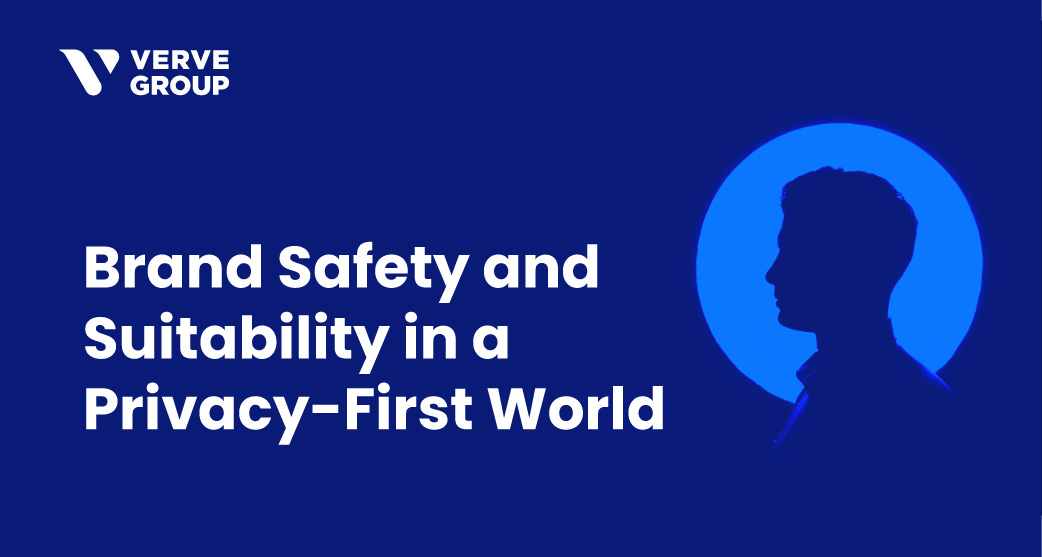As the digital landscape transforms around new privacy regulations and platform restrictions, the marketing industry is transitioning away from a single-minded focus on audience tracking and placing deeper emphasis on contextual marketing. But at the same time, the industry knows it can’t afford to take a step back in certain areas where great progress has been made, especially as it relates to brand safety and suitability in digital advertising.
How can marketers ensure brand safety and suitability in a contextually driven marketing landscape? Let’s take a look at some of the advances that have laid a foundation for privacy-safe success.
The brand safety and suitability imperative
First, we need to think about what brand safety and brand suitability means in the context of the modern marketing landscape? In simple terms:
- Brand safety is all about avoiding content that would be generally considered inappropriate for any advertising.
- Brand suitability, on the other hand, goes further to focus on content that is appropriate for the individual advertiser’s goals—either by avoiding content that is inappropriate due to unique brand sensitivities and values or to seek out content that aligns best with a brand based on context, tone, and topics.
At their respective cores, brand safety and brand suitability are all about ensuring that you’re connecting with the right audiences at the right time and place with a relevant message, while protecting a brand’s reputation. In a privacy-first world, this is more important than ever, as stringent brand safety and suitability standards foster trust between brands and consumers and ensure a brand’s ads appear next to content that is safe, trustworthy, and accurate.
Brand safety and suitability are clearly top-of-mind on many fronts these days. For example, consider Disney’s recent announcement that the forthcoming ad-supported version of Disney+ will refrain from running ads on shows that cater to young children, and will not collect data on kids who use the service. We’re also seeing this issue arise with more “grown-up” issues; our team has seen a number of brands look to safeguard themselves from appearing around political messages and hot-button news items that can cause friction.
Contextual advertising in a brand-safe, brand-suitable way
So if you have made this far into this blog post, you may be asking yourself, “How can brand safety and suitability concerns be addressed as ad-tech continues to evolve?”
Enter contextual advertising, where content is analyzed and categorized based on keywords, meta tags, content semantics, along with other criteria. Done right, modern contextual marketing moves beyond basic blocklists to analyze the entire piece of content appearing at a URL, thus more effectively protecting a brand’s reputation.
Contextual marketing represents the foundation of a strong go-forward marketing strategy, and the industry is rising to meet the needs of marketers in this regard. Verve’s Moments.AI represents a first-of-its-kind, real-time contextual targeting solution for brands in North America. With Moments.AI, content is analyzed and broken down by multiple dimensions to allow for precise and accurate audience targeting. Brands can access newly published content instantly based on visual content and sentiment analysis, keywords, semantics, and meta tags—all within milliseconds, and all within a brand-safe, brand-suitable and highly targeted way. Moments.AI fully supports Global Alliance for Responsible Media (GARM) framework, ensuring this solution is scalable through standardization.
The best part of contextual platforms is that ads are becoming more measurable. Only with access to metrics that define the quality of the environment can advertisers truly maximize their content. With our new Visual Intent solution, which combines Getty Images’ resources with Verve’s Moments.AI, marketers can target relevant, brand-safe content in real time with advertising placed adjacent to visual content from Getty Images.
Contextual marketing has historically posed an inherent brand suitability problem, as the industry aggressively homes in on keywords and topics to reach their desired consumers. However, challenges of the past don’t have to hold back contextual marketing of the future. Here at Verve, we’re reinventing contextual marketing for the modern privacy-first landscape. If you’d like to learn more, get in touch with us.








